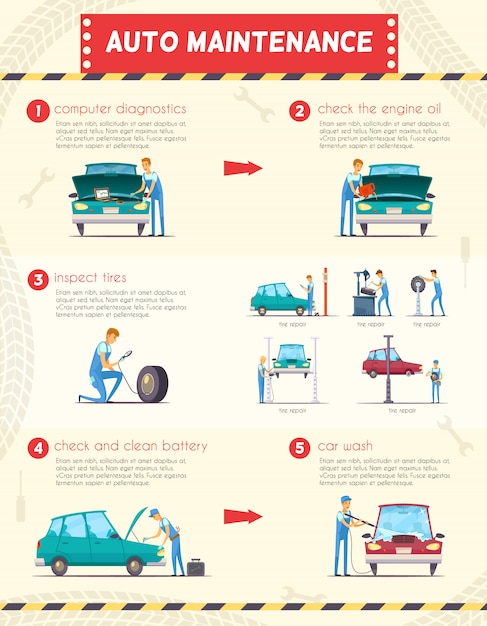Open Up The Hood To Discover Common Brake System Problems And Their Solutions, Yet What About Spongy Brake Pedals? Learn The Solution In Advance! Learn More Below
Open Up The Hood To Discover Common Brake System Problems And Their Solutions, Yet What About Spongy Brake Pedals? Learn The Solution In Advance! Learn More Below
Blog Article
Short Article Written By-Prater Murray
When it involves your vehicle's brake system, recognizing typical concerns can conserve you from possible safety dangers. From determining brake pad wear to addressing brake fluid leaks, knowing exactly how to tackle these issues is necessary. However what about those squishy brake pedals? There's a solution for that too. Keep tuned to find out more concerning these problems and the functional services that can maintain you securely on the road.
Brake Pad Wear and Replacement
When it pertains to preserving your vehicle's brake system, one essential element to keep an eye on is the wear and substitute of brake pads. Brake pads are vital components that push against the brake rotors to slow down or stop your car. Over time, these pads wear down as a result of friction, needing regular evaluation and substitute to ensure your brakes function efficiently.
To determine if your brake pads require replacement, listen for shrieking or grinding sounds when you apply the brakes. In addition, if your car takes longer to quit or you discover vibrations or pulsations when stopping, it may be time to change the brake pads.
Disregarding worn brake pads can lead to decreased stopping efficiency, damage to various other brake parts, or perhaps brake failure.
Changing brake pads is a reasonably straightforward procedure for many automobiles. However, if you're unsure or awkward executing this job, it's finest to get in touch with a specialist auto mechanic to make sure appropriate installation and optimal brake efficiency.
On a regular basis checking and replacing brake pads is vital for your security and the longevity of your automobile's stopping system.
Brake Liquid Leaks and Maintenance
To guarantee your car's brake system functions ideally, it is necessary to likewise take note of brake fluid leakages and upkeep. Brake liquid is critical for sending the force from your foot on the brake pedal to the real stopping mechanism. car wiring scottsdale with brake fluid is leakages, which can take place because of shabby brake lines, seals, or links. If you notice a pool or trickles under your automobile, it's necessary to deal with the leakage promptly to avoid a possible brake failing.
Frequently examining your brake liquid level is vital to maintaining your brake system. Low brake liquid can result in air entering the brake lines, which jeopardizes braking performance.
In addition, old or contaminated brake fluid can affect the overall performance of your brakes. It's suggested to adhere to the manufacturer's guidelines on when to alter the brake fluid, usually every 2 years.
Spongy Brake Pedal: Bleeding Brakes
If you've ever before experienced a spongy brake pedal while driving, you recognize the value of maintaining a company and receptive braking system. Find Out More of a squishy brake pedal is air caught in the brake lines. When https://brakechangecost52739.develop-blog.com/37762185/uncertain-regarding-picking-an-automobile-service-center-find-out-useful-suggestions-for-finding-credible-selections-in-your-vicinity-that-will-supply-assurance gets in the brake system, it can lead to a loss of hydraulic pressure, leading to that upsetting spongy sensation when you push the brake pedal.
To solve this issue, hemorrhaging the brakes is required. Bleeding the brakes includes removing the air from the brake lines to restore correct hydraulic stress.
To bleed the brakes, you'll need an assistant to aid you. Start by finding the brake bleeder valve on each wheel, usually located near the brake caliper. With a wrench, loosen up the shutoff and have your assistant press the brake pedal while you observe any air bubbles appearing. Repeat this procedure for each and every wheel, starting from the wheel farthest from the master cyndrical tube and moving better.
As soon as you no more see air bubbles and just clear fluid emerges, tighten the valve and top up the brake liquid reservoir as required. Bleeding the brakes assists guarantee a firm brake pedal and improves general braking efficiency.
Conclusion
Now that you recognize common brake concerns and just how to fix them, you can guarantee your car's safety and performance. Keep in mind to pay attention for warning signs like screeching noises or mushy brake pedals, and address them promptly. Routine upkeep and timely substitutes are vital to maintaining your brakes in leading problem. Stay proactive and attentive to your brake system to take pleasure in safe and reputable driving experiences.
